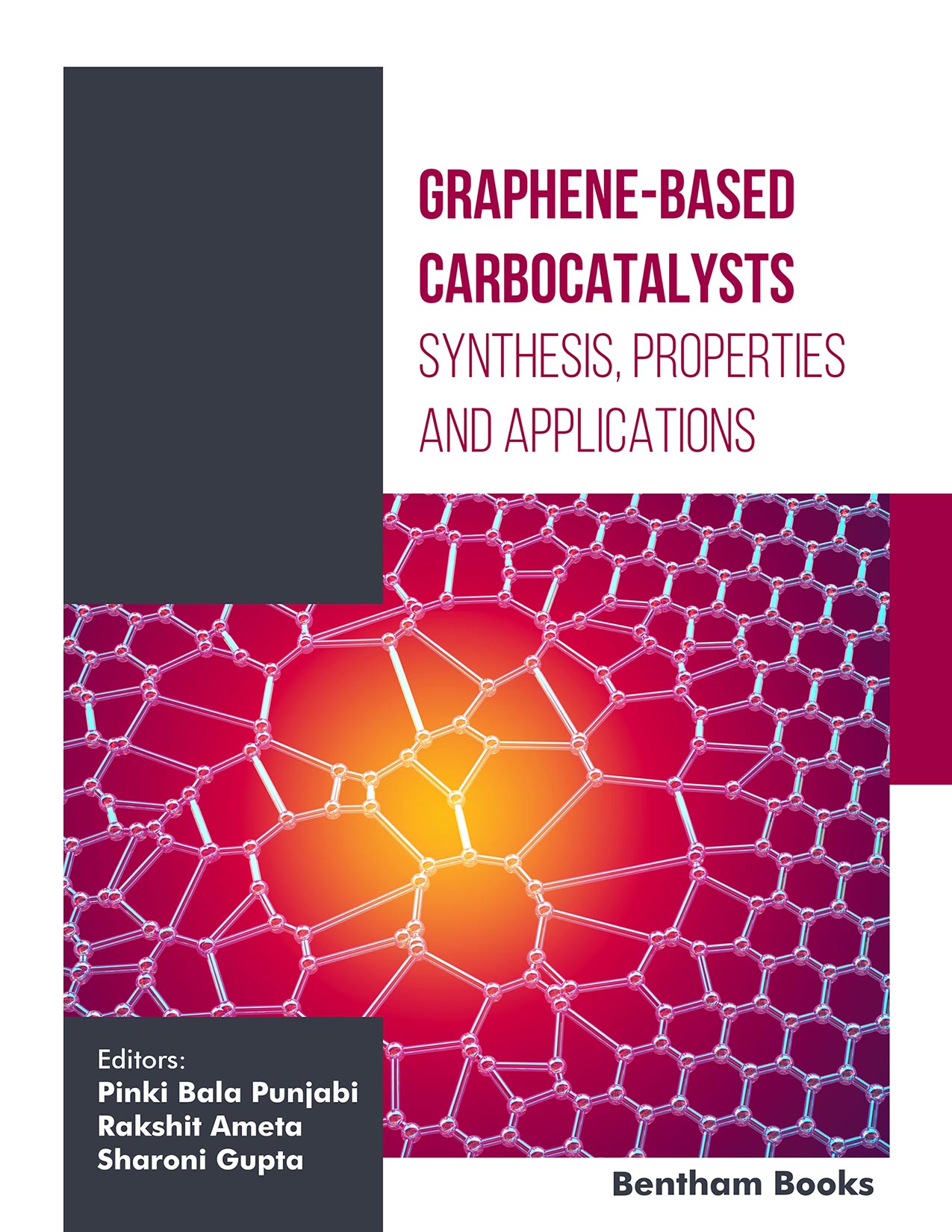Catalysis is a fundamental and multidisciplinary phenomenon that has been ruling the energy sector and chemical industry for centuries impacting the world economy. Not only production processes but even biological and natural reactions are catalytically controlled by enzymes and other substances to maintain life on Earth. Various manufacturing units including petrochemicals, pharmaceuticals, food, polymers, materials and fine chemicals-based industries along with pollution abating firms are highly dependent on catalysts. This is because catalysts offer green means for accelerating chemical transformations
via energy saving and atom economic pathways. Time and now, multitudes of homogeneous and heterogeneous catalysts have been explored for carrying out several conversions and enhancing the feasibility of reactions. However, the issues of catalyst recoverability and efficiency have been a cause of concern across the globe. More recently, the necessity of environmental conservation has further accentuated the search for sustainable catalysts. In such a scenario, graphene-based catalysts or carbocatalysts have emerged as a boon to meet the growing demand for efficacious, benign and inexpensive heterogeneous catalysts.
Graphene, with its distinguished opto-electronic, thermo-mechanical, surface and chemical characteristics is renowned as the most invincible nanomaterial. Ever since the path breaking discovery of graphene in 2004, the two-dimensional, honeycomb lattice-based material has enthralled the scientific community throughout the world. The exceptional conductivity, tensile strength, stability, large surface area, recoverability, recyclability and ease of functionalization of graphene materials have especially captivated the researchers working in the field of catalysis. Owing to the surge in demand for graphene-based catalysts, graphene research is being carried out at a very rapid pace. Every year new additions to the knowledge and scope of graphene carbocatalysts appear at considerably large scale. Consequently, this book is an attempt to acquaint readers with the recent advances in the field of graphene carbocatalysis.
The book encapsulates the recent developments involving the syntheses, properties, characterizations, functionalization and catalytic applications of graphene, its derivatives and composites. The book is in two volumes. The first volume is divided into ten chapters. In Chapter 1, a brief introduction of carbocatalysis has been laid out. The properties, syntheses and scope of carbocatalysts have been discussed to highlight their significance of carbocatalysts. Chapter 2 discusses the fundamental structure and properties of graphene and chemically modified graphene contributing to their applications in diverse fields. Chapter 3 describes the diverse synthetic strategies for the preparation of graphene and its derivatives. The advantages of present methods and future challenges related to industrial scale synthesis have also been outlined in this chapter. Chapter 4 focuses on the latest and most commonly employed characterization techniques used for investigating the morphological, structural and thermal properties of graphene materials. In Chapter 5, recent trends in functionalization and its role in the catalytic activity of graphene have been put forward. Chapter 6 summarizes the recent progress in the synthesis of graphene-based composites along with their properties and applications in catalytic reactions. The future prospects and challenges towards the designing and development of graphene-based nanocomposites for catalytic reactions have also been addressed in the chapter. Chapter 7 reviews the recent advances in graphene supported palladium catalysts for coupling reactions. It also underscores the synthesis of these catalysts and their mechanistic aspects spanning across a variety of cross-coupling reactions. A comparison of graphene supported catalysts with traditional catalysts has also been included in this chapter. Chapter 8 provides an in-depth review of recent applications of graphene-based catalysts in multicomponent and domino reactions. In Chapter 9, current progress made in the field of oxidation and reduction reactions of organic molecules catalyzed by graphene materials has been explored. Chapter 10 accounts for the contemporary trends in the area of graphene-based biocatalysts.
The second volume includes six chapters. Chapter 1 of second volume incorporates the most recent advances in photocatalytic applications of graphene-based materials such as graphene-based semiconductor photocatalysts for degradation of various contaminants (treatment of waste water), production of hydrogen, and photocatalytic reduction of carbon dioxide to energy rich synthetic fuels (combating against global warming and energy crisis),
etc. Chapter 2 discusses the latest advances in electrocatalysis by graphene materials with a special focus on the electrocatalytic activities of non-metal doped graphene, graphene-2D materials heterostructures, and graphene-plasmonic nanostructures. Chapter 3 provides an overview of the recent advancement made by graphene-based materials including graphene oxide, reduced graphene oxide and graphene oxide quantum dots for hydrogen evolution from light-driven water splitting and future prospects. Chapter 4 highlights the modern trends in the fabrication of graphene-based smart energy materials for applications in various energy storage systems. The future trends and challenges have also been underlined. Chapter 5 underscores the potential utility of graphene materials in electrochemical sensing devices. Chapter 6 concludes the book and reports state-of-the-art graphene carbocatalysis with the future challenges accompanying graphene-based catalysts.
The book covers multidimensional applications of graphene-based materials cutting across various fields ranging from energy generation, chemical synthesis, electrochemical sensing to photocatalysis and much more. Hopefully, this book will serve as a reference work for all those researchers, students, industry workers and engineers who are interested in graphene research as well as its emerging applications in catalysis and beyond.
At last, we would like to thank all the authors of this book for their invaluable contribution towards enriching the content of this book. We are also extremely indebted to the managers, editors and reviewers of Bentham Science Publications for their magnanimous help throughout the creation and publication of this book. Finally, we are highly grateful to our families for their constant support and inspiration.
Pinki B Punjabi
Department of Chemistry,
University College of Science,
Mohanlal Sukhadia University,
Udaipur-313001, Rajasthan,
India
Rakshit Ameta
Department of Chemistry,
J. R. N. Rajasthan Vidyapeeth University,
Udaipur-313001, Rajasthan, India
Sharoni Gupta
Department of Chemistry,
University College of Science,
Mohanlal Sukhadia University,
Udaipur-313001, Rajasthan, India

